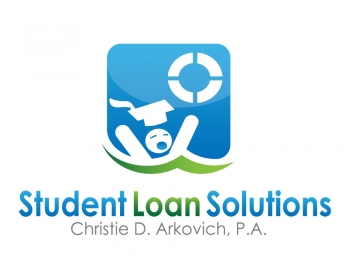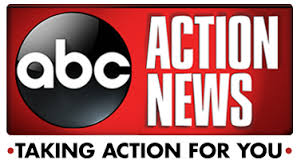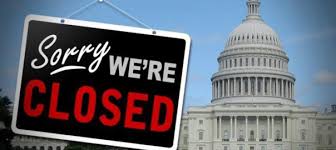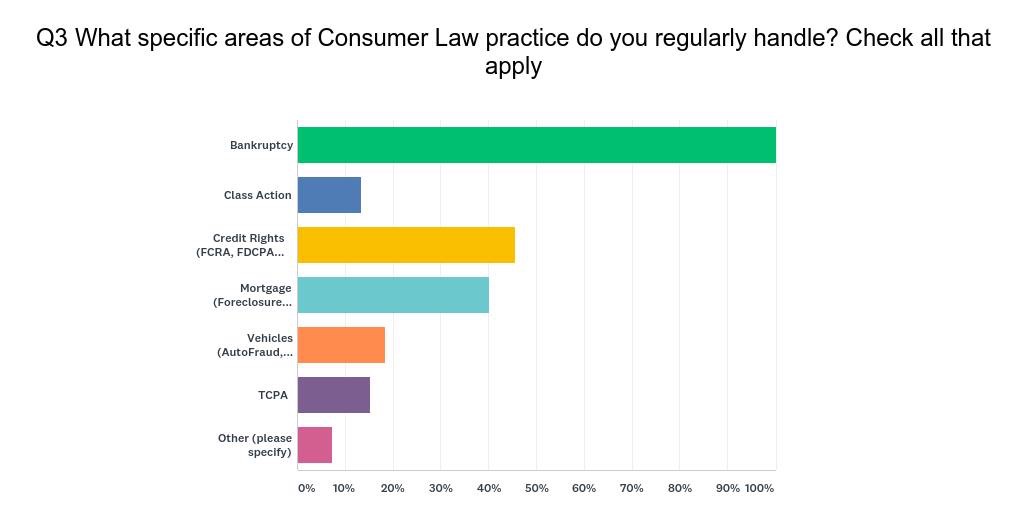 Discharge by disability is something that I don’t see enough borrowers take advantage of to eliminate student loan debt. Today, there was a story in the Wall Street Journal, “Over 60, and Crushed by Student Loan Debt” focusing on the large increase of borrowers over age 60 who have student loan debt and are facing garnishment by social security.
Discharge by disability is something that I don’t see enough borrowers take advantage of to eliminate student loan debt. Today, there was a story in the Wall Street Journal, “Over 60, and Crushed by Student Loan Debt” focusing on the large increase of borrowers over age 60 who have student loan debt and are facing garnishment by social security.
For many who are faced with this dilemma, there can be easy solutions. First, there are up to eight different income driven plans which for someone on social security, may result in a zero payment to close to it. The key is making sure you pick the correct plan, and ignore a servicer who tells you that your loans are ineligible for IDR. There is always a way. Remember the servicer represents the creditor and not you. You are not their customer. Their legal position in pending lawsuits is they don’t have to explain all of your options. Reach out to a qualified student loan attorney to learn what you need to know.
Second, and perhaps even better, many people in this situation will qualify for a Total and Permanent Disability (“TPD”) Discharge for federal student loans. Some are afraid of doing this feeling they still need to work part-time to pay their other bills. No problem, the Department of Education allows some income from employment – up to the poverty guidelines for a family of two which in Florida for 2019 is $16,910. I thought it was higher, but it’s still likely high enough for most. Also, even if you are a family of one, they use a family of two. Why I don’t know, but they do. There is a three year monitoring period where you are required to annually certify that you have not exceeded that in employment earnings. Note, this does not include income from passive investments. And perhaps the best news of all, a TPD discharge is tax free through 2025 per certain budget laws passed in early 2018.
 Many folks who have filed applications for Borrower Defense to Repayment seeking to discharge their federal student loans due to fraud by the school, are running into problems with their servicers sending bills that payments are now due — even though the application is still pending and the loans should be in forbearance until the review is complete.
Many folks who have filed applications for Borrower Defense to Repayment seeking to discharge their federal student loans due to fraud by the school, are running into problems with their servicers sending bills that payments are now due — even though the application is still pending and the loans should be in forbearance until the review is complete. Reboot Your Life: Tampa Student Loan and Bankruptcy Attorney Blog
Reboot Your Life: Tampa Student Loan and Bankruptcy Attorney Blog





